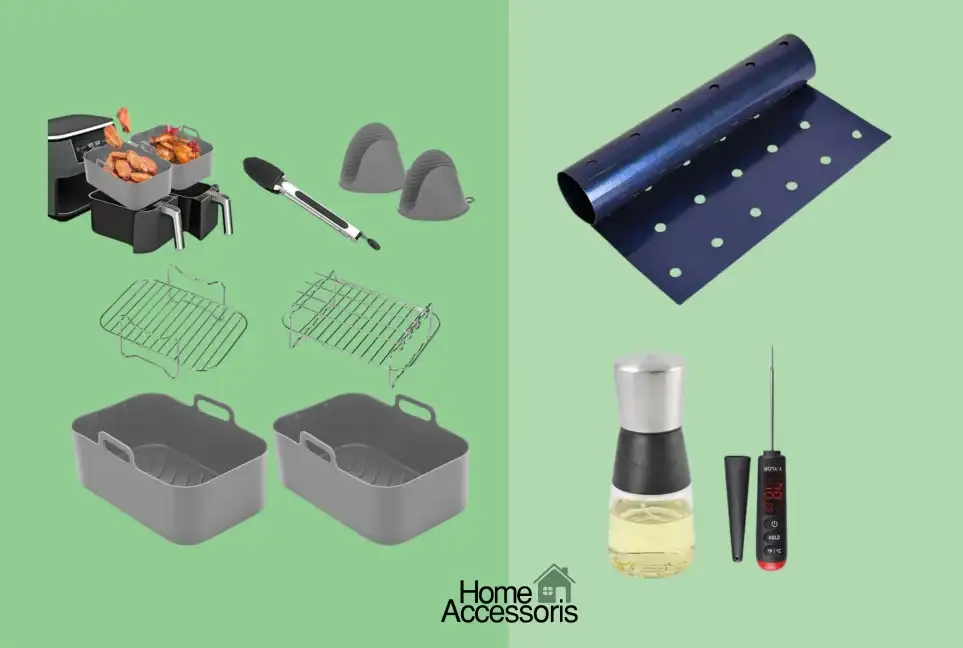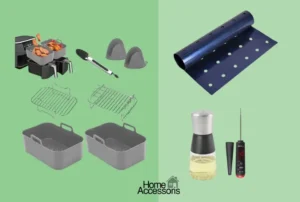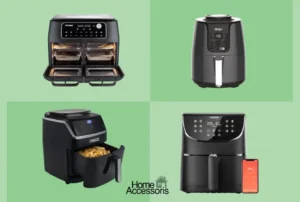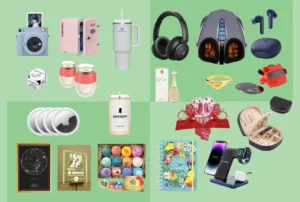There are only a few flagship, mid-range, and inexpensive smartphones that deserve the label of ‘best’ out of the hundreds released each year. They brilliantly balance design, performance, features, and battery life, so pay heed if you’re in the market for a new phone or it’s time to change your contract.
So, continue reading if you require more power than a dumbphone but less portability than a tablet or a laptop. Our best smartphone recommendations include Apple iOS and Android handsets at various price points. Remember to check out our list of the best budget smartphones, or consider purchasing a refurbished device.
Here are our top four smartphones you can buy right now:
Top Smartphones:
How the HA Tech Team Tests phones
We conduct in-depth tests of smartphones by using them as our primary cellphone for at least one week. During that time, we examine the device’s display, build quality, speed, ease of use, battery, camera, app support, connectivity, and features. We make calls, play games, send texts, set alarms, and take pictures in varying lighting circumstances. All of the top smartphones we’ve chosen are available SIM-free or on contract, and we’ve tested them all.
1
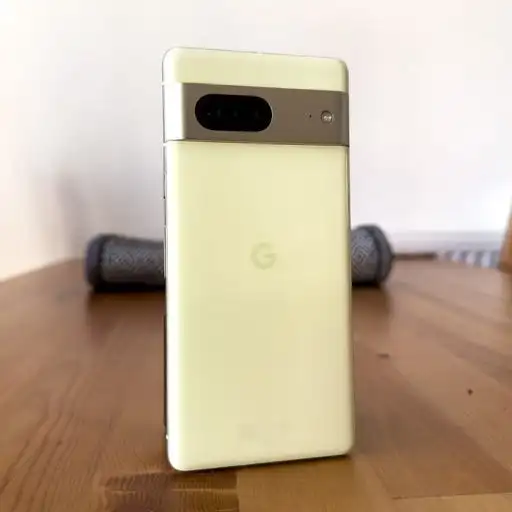
PROS
- Best Android value without unnecessary software bloat
- Excellent camera performance
CONS
- It is difficult to grip and requires a case.
specifications
Screen size
6.3 inches
Screen resolution
1080 x 2400 pixels
Operating system
Android 13
Processor
Google Tensor G2
Battery life
More than 24 hours from full charge
Cameras
50MP wide, 12MP ultra-wide, 10.8MP selfie
Built-in storage
128GB, 256GB
Weight
197g
If you prefer Android to iOS, Google’s Pixel 7 provides the most excellent version of the software available in 2023. It’s simple to use, has an all-day battery life, and is free of the bothersome software on other Androids.
Even though the display refresh rate is limited to 90Hz, we have no concerns about how it feels to use. It also offers some of the best photography capabilities of any smartphone, allowing you to repair blurry photographs and even delete entire subjects with a few clicks.
We adore the look of the latest Google Pixels, especially the camera bump that runs the entire width of the device and is now made of shiny chrome metal.
Consider the following: If you want a larger display, a 120Hz refresh rate, a longer battery life, and a 512GB storage option, go for the Pixel 7 Pro. If you’re in the Samsung ecosystem, the S23 series of flagship phones (the Galaxy S23, S23+, and S23 Ultra) are Google’s closest competitors. They provide smooth software, bright screens, and excellent build quality but are also more expensive.
2

PROS
- Excellent camera system
- Elegant and slender design
CONS
- Without a case, it's quite slick.
specifications
Screen size
6.1 inches
Screen resolution
2,400 x 1,080 pixels
Operating system
Android 13
Processor
Google Tensor G2
Battery life
4,385mAh, one day of moderate use
Cameras
64MP wide, 13MP ultra-wide, 13MP selfie
Built-in storage
128GB
Weight
193g
The Pixel 7a is, without a doubt, the best-value Android smartphone in 2023, and it’s fantastic for anyone looking for Google’s streamlined OS and excellent camera technology at a lower price.
Almost every spec is slightly less spectacular compared to the Pixel 7 or 7 Pro flagships. Still, the performance is seamless, the camera results are constantly outstanding, you receive years of software upgrades, and the design is nearly identical.
Unlike the Pixel 6a, the display now supports 90Hz (rather than 60Hz) and includes wireless charging, face unlocking, and the newest G2 processor for a smoother scrolling experience. Unfortunately, you can only have one storage size, but this is still one of the best affordable phones available.
Also consider: the Samsung Galaxy A53, which has dependable software and a more prominent display with a 120Hz refresh rate in a similar price range. If you want something futuristic, we recommend the Nothing Phone (1), which has an eye-catching transparent cover and LED lighting.
3

PROS
- System with three powerful cameras
- Extremely quick performance
CONS
- Massive camera bump
specifications
Screen size
6.1 inches
Screen resolution
2556 x 1179 pixels
Operating system
iOS 16
Processor
A16 Bionic
Battery life
Up to 23 hours (video playback)
Cameras
48MP, 12MP ultra-wide, 12MP telephoto x2, 12MP selfie
Built-in storage
128GB, 256GB, 512GB, 1TB
Weight
206g
This is our fave iOS phone of the year. The iPhone 14 Pro features Apple’s latest A16 Bionic CPU for fast performance, a long 23-hour battery life, and a stunning display with a high refresh rate of up to 120Hz.
You get a trio of cameras with some of the best phone lenses on the market and unique features like “Dynamic Island” – Apple’s approach of exploiting the notch to display app alerts and notifications.
This phone is for Apple fans, with effortless connection with devices such as the AirPods Pro 2, MacBook, iPad, and Apple Watch. This is our best selection from Apple’s current lineup since it is large, attractive, and powerful.
Consider the following: Do you require a larger screen? Consider the iPhone 14 Pro Max or iPhone 14 Plus if you can live without the third telephoto lens. The iPhone 14 is a fantastic option for most people right now, while the iPhone 13 from 2021 delivers high performance and the same A15 chip as the newer iPhone 14 but at a lower price. Remember that new iPhones are generally released in the autumn, so if you’re not in a rush, waiting may be worthwhile.
4
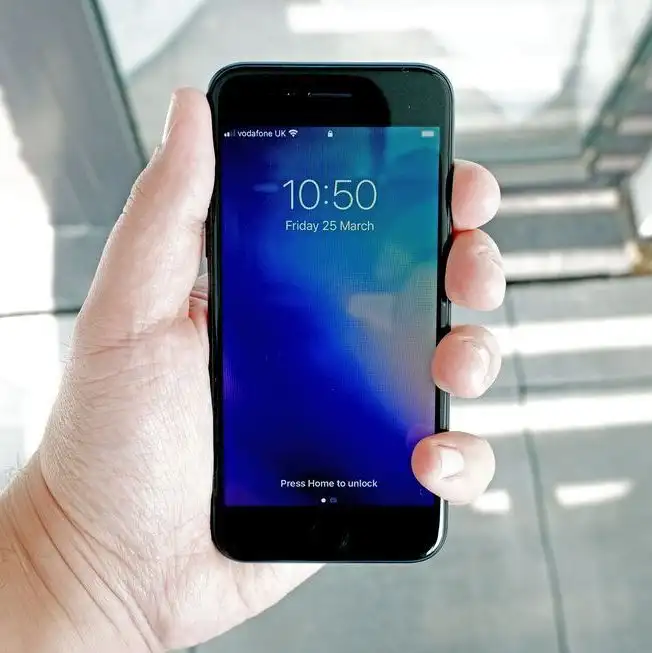
PROS
- Quick and dependable
- Size that fits in your pocket
CONS
- Design is a little out of date.
specifications
Screen size
4.7 inches
Screen resolution
1334 x 750 pixels
Operating system
iOS 16
Processor
A15 Bionic
Battery life
Up to 15 hours (video playback)
Cameras
12MP main, 12MP selfie
Built-in storage
64GB, 128GB, 256GB
Weight
144g
This iPhone SE provides iOS on a budget. The design is outdated (though we’re sure Apple would call it “classic”), and the display is 4.7 inches rather than the 6.1 inches of the iPhone 14 Pro above.
While you give up certain high-end features like the Dynamic Island, MagSafe attachments, crash detection, and a high refresh rate, we admire that this third-generation model keeps up with speed.
In this handset, Apple employs the fast A15 Bionic CPU featured in the iPhone 13 and the basic iPhone 14. The iPhone SE 3 costs £449, which is £650 less than the iPhone 14 Pro’s RRP, making it excellent value.
Consider this: While not cheap, the elegant and powerful iPhone 13 mini is another (semi) economical option to enter the iOS universe. If you’re on a tight budget, we recommend looking into the reconditioned market, where you can purchase an iPhone 11 for around £250, an iPhone 12 for under £320, or the 2020 iPhone SE for under £120, all for less than the price of the current iPhone SE 3.
What's the difference between iOS and Android?
Apple’s iOS and Google’s Android are the two most popular smartphone operating systems. Here’s how they stack up:
iOS: This software, or a version of it, runs on Apple’s devices, including iPhones. It uses Apple’s programs (such as Safari, Mail, iTunes, and Maps), and software is obtained through the App Store. For iPhones, new versions are available as a free download, ensuring that you always have the most up-to-date software and security updates. If you’re already an Apple fan, iOS is your best pick because data transfers across devices are simple, and the handset links seamlessly with other iOS gadgets like the HomePod or noise-canceling headphones like the AirPods and Beats Fit Pro.
Google Android: This open-source operating system may be modified by phone manufacturers, allowing it to work in a broader range of devices, from low-cost models to high-end flagships. It uses Google programs (such as Gmail, Chrome, YouTube, and Meet) and allows you to download software from the Play Store. Because it is less restrictive than Apple’s iOS, the marketplace contains more third-party apps and Android devices generally have more customizing choices than Apple devices. Pixels receive rapid software updates, but manufacturers frequently take longer to bring out new software on other models. Pixels are recommended if you want a pure Android experience that functions flawlessly without any fuss.
What to Look For When Purchasing a Smartphone
Finding the right phone for you is all about figuring out how you’ll use it. If you intend to take a lot of photos or videos, you’ll need a decent camera with enough of storage, but you’ll probably be prepared to compromise some capabilities if price is a top consideration. So here’s what you should think about:
Dimensions of the screen: Smartphone displays range in size from five inches to eight inches. The larger the screen, the better for watching videos, viewing images, playing games, and reading ebooks.
However, larger screens entail a larger phone, which may be difficult to use with one hand and is more difficult to carry around in your pocket.
Storage: The amount of space required is determined by how many images, apps, music, and movies you intend to store on your phone. Fortunately, many apps now support cloud storage or work via streaming.
Storage, defined in gigabytes, typically ranges between 32GB to 512GB, however premium phones have storage capacities of 1TB or more. To put it into perspective, one gigabyte of storage holds approximately 230 typical MP3 tracks, whereas 1TB of storage holds over 250,000.
Image quality: We’re all aware that phones nowadays double as pocketable cameras, with at least one lens on the back and one “selfie” lens on the front. You’ll frequently find a telephoto (for zooming) or an ultra-wide (to capture more of the surrounding region) camera, but all of the phones on our list have excellent cameras.
They also employ software to allow you to edit, enhance, or crop your photos before posting them on social media. We now recommend handy smartphone cameras above old-school DSLRs or even fantastic starter mirrorless options for most people, and this is especially true for these top models.
Connectivity: Smartphones use wifi or data to connect to the internet. At the moment, 4G is the norm, but 5G, a faster update, is being phased in across networks in select UK locations.
All of the phones in our roundup include 5G connectivity as well as Bluetooth for connecting to a smart speaker or headphones.
Charging: Androids typically charge with a USB-C cable included in the box, but iPhones (for the time being) charge with a Lightning cable. Except for the Pixel 6a, every phone on our list is compatible with a wireless charger.
These support up to 10W charging for Android devices and up to 7.5W charging for iPhones, though authentic MagSafe accessories – which snap to iPhones using magnets – enable up to 15W charging on iPhones 12 and higher. This is slower than a wall adapter, but most phones no longer come with one.
However, how long a battery lasts depends on how you use the phone, so if you’re using it for navigation or viewing movies, keep a power bank in your bag.





